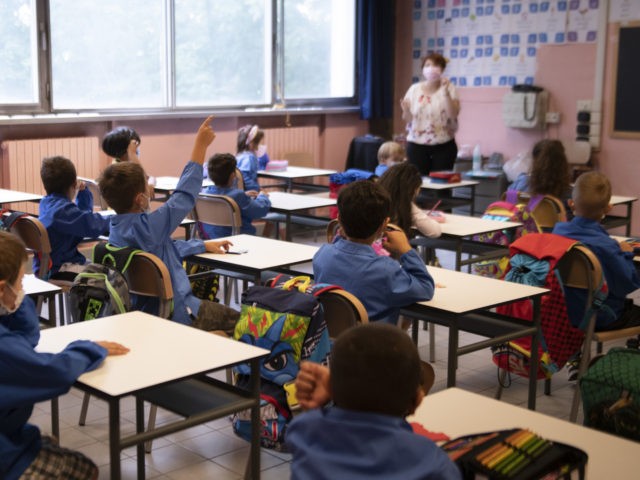The number of foreign-born pupils in Italian schools is on the rise, with at least 880 schools across the country now having more foreign-born pupils and native Italians.
Schools with more than 50 per cent foreign-born pupils have increased from 805 to 880 in the last year, with more than half of the schools being kindergartens. At least 8.4 per cent of kindergartens in Italy have over 30 per cent foreign-born pupils.
Foreign-born pupils represent around 10.3 per cent of the total number of pupils in Italy, or 877,000 pupils out of 8,484,000 who attended an Italian school in the last year, newspaper Il Giornale reports. The 10.3 per cent figure is an increase since 2018 when the figure sat at 9.4 per cent.
3,809 schools across the country, mainly in Northern Italy, have rates of 30 per cent or more migrant children — 6.8 per cent of the total number of schools in the country, up from 5.3 per cent in 2016/2017.
In terms of regions, the region of Lombardy has the highest number of schools with migrant populations over 30 per cent, at 1,041, but Emilia-Romagna has the highest proportion, with 16.2 per cent of schools exceeding the 30 per cent migrant pupil threshold.
According to Il Giornale, the 30 per cent migrant student threshold was set up by the Italian Ministry of Education in 2010 in order to better facilitate integration efforts.
Milan, which has a large portion of schools with a high number of migrant-background pupils, reportedly saw up to 56 per cent of Italian parents in the city enrolling their children into non-catchment area schools in order to avoid them, according to a study published in 2018.
Milanese teachers also spoke out about problems with teaching foreign children, many of whom do not speak Italian.
“Over the past five years, there has been a considerable increase in the concentration of children with non-native speakers and from other countries that do not understand and do not speak Italian,” teachers, parents, and school administrators said in a letter to Milan’s Mayor Beppe Sala.
In other countries, such as Germany, some schools have migrant-background populations far higher than just 30 per cent, with some up to 99 per cent, such as the Schoeneberg Spreewald Elementary School in Berlin.
Programme for International Student Assessment (PISA) study data released in 2019 revealed that migrant pupils in Germany and Austria performed far below the standards of native-born pupils.

COMMENTS
Please let us know if you're having issues with commenting.